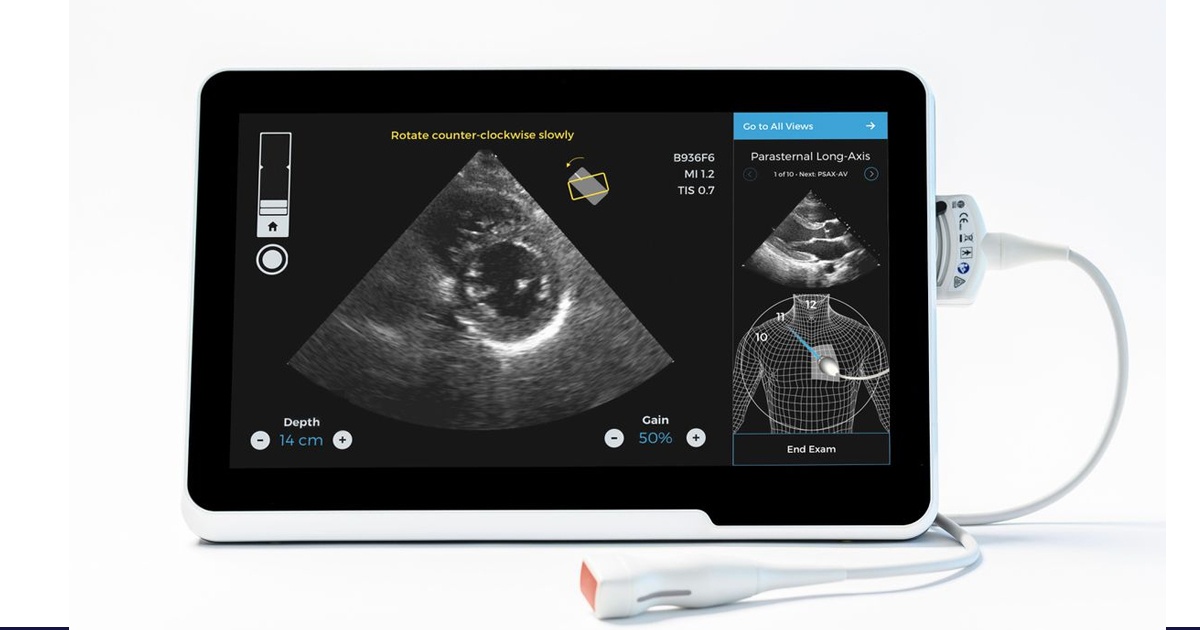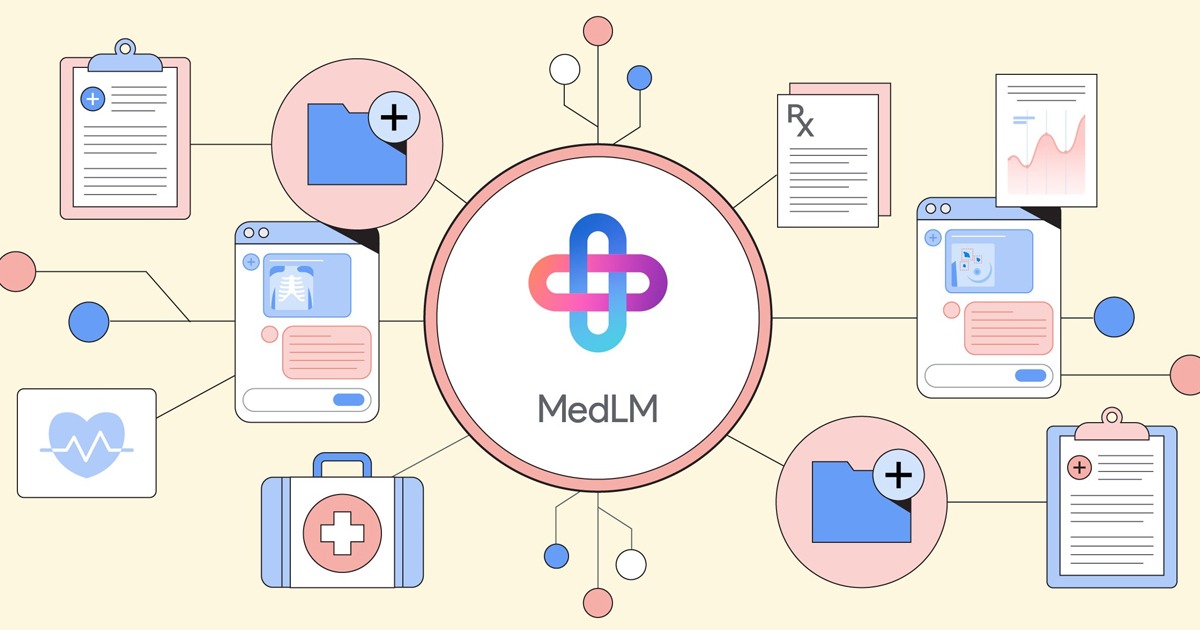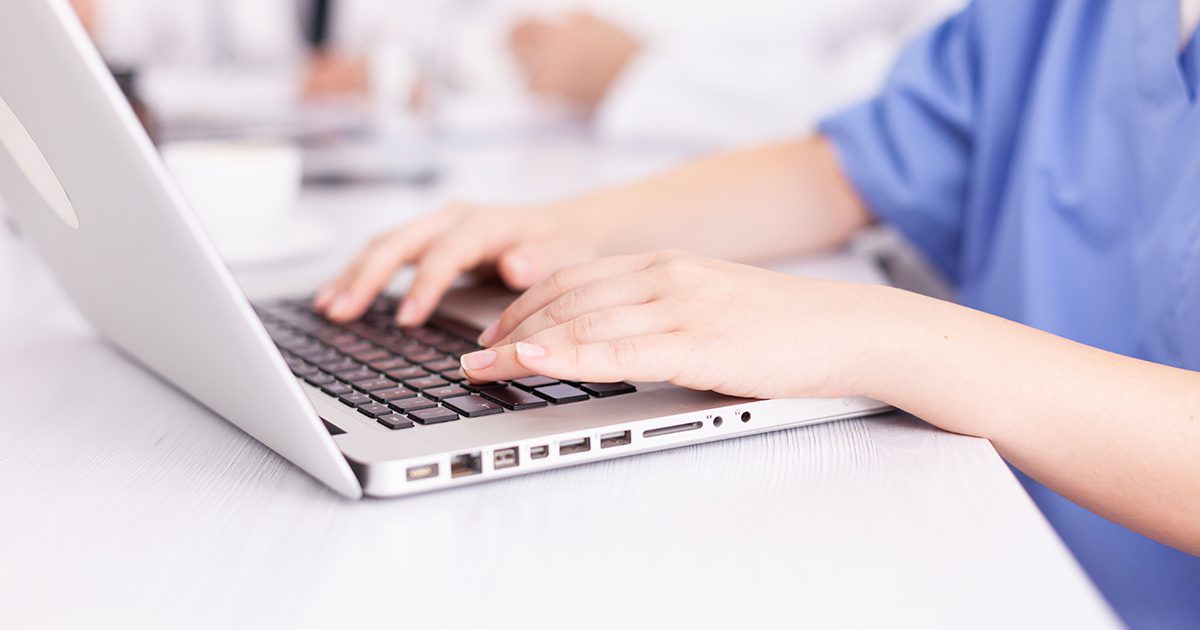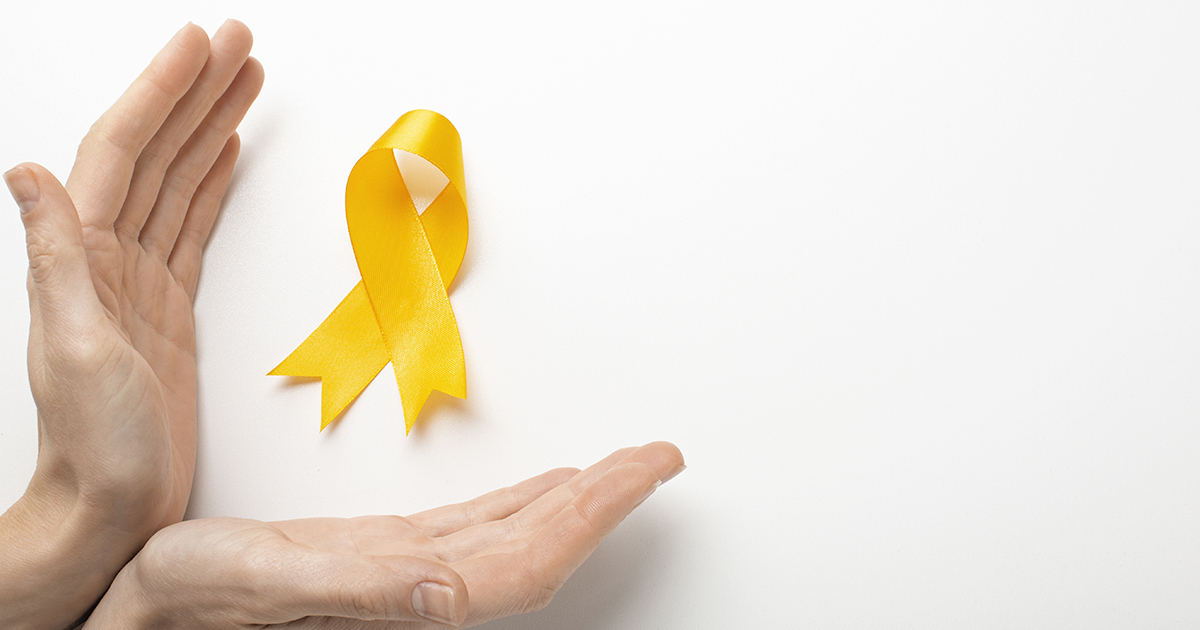Uruguay is the only country in the region that has adopted and created an app based on contact tracking technology developed by Google and Apple.
Governments around the world have found in digital technologies various useful tools for data management during the pandemic, to stop the spread of the virus in some way, or to track patients infected in isolation, among others.
In Latin America, several countries have developed applications related to coronavirus, Uruguay has been one of those countries, however, its case is particular, since its Coronavirus UY application, was updated for the implementation of Google and Apple's contact traceability technology.
From the beginning of the pandemic, Uruguay, adopted a series of strategies to contain the advance of the virus. First with the establishment of the Committee of Scientific Experts on Crisis Management in March and later in April the establishment of the Honorary Scientific Advisory Group, which was divided into two main groups, one of them Mobility and Apps, from which its application for COVID-19 is released, through which data were used for epidemiological surveillance reviewing mobility trends among the population and through the traceability of contacts sought to identify and notify users when they have been close to a patient with possible infection.
In addition to Uruguay, Switzerland and Germany have also pioneered adapting their applications to this technology. Switzerland has a population of less than nine million people, and Germany with a population of more than 80 million, data that can be considered useful in measuring the effectiveness and need to apply such technologies on mobile phones in order to curb infections.
The Coronavirus UY application was originally created to distribute information about the virus, and allowed users to perform self-assessments and symptom checking. The pandemic led the government to implement as many measures as possible to prevent mass infections, which in a country with less than four million inhabitants would have been catastrophic.
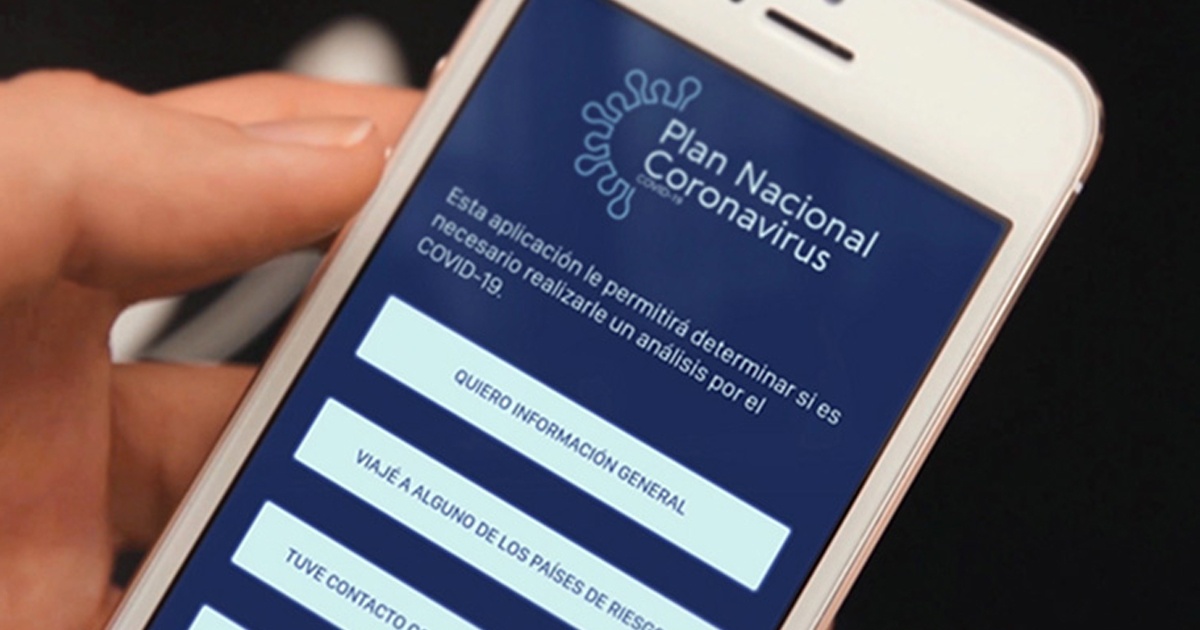
However, although government strategies generally led to a favorable outcome (2,061 total cases and 48 deaths as of October 2, 2020), there are challenges that need to be solved, specifically in legislation and regulations on the development of health-focused mobile applications.
Fabrizio Scrollini, Javier Baliosian, Lorena Etcheverry, Guillermo Monecchi, a group of experts in data, transparency and technology, raised the following questions regarding how the government manages application transparency and how applications can improve in aspects of data protection and transparency:
- Utility: Is the app going to contribute to existing epidemiological surveillance mechanisms? If so, how exactly will this happen in each particular context?
- Compatibility with legal frameworks and principles: To what extent does the app protect or compromise human rights like privacy and freedom of movement? What kind of liability are governments, developers, and global firms assuming? Are these provisions compatible with the prevailing constitutional framework?
- Implementation and monitoring: What capacities do governments and local firms have in place or need to develop in order to effectively monitor how the app is being used?
- Ongoing evaluation: What institutional mechanisms and methodologies will be required to evaluate and govern the implementation of alert-exposure applications?

